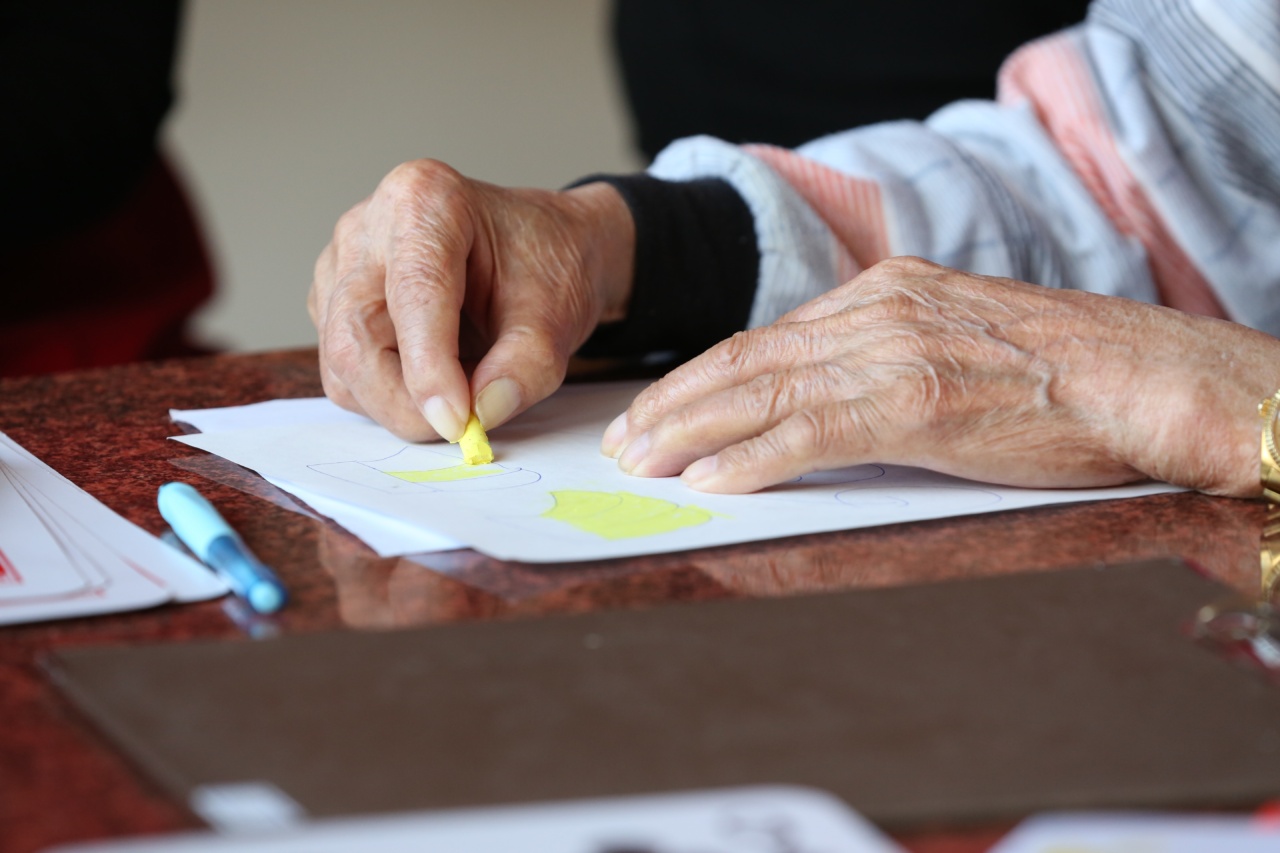Pain can be a debilitating and frustrating experience that affects millions of people worldwide. Among the many causes of pain, discopathy and arthritis are two of the most common culprits.
Understanding these conditions and their impact on our lives is crucial for effective management and prevention.
What is Discopathy?
Discopathy refers to any condition that affects the intervertebral discs in the spine. These discs are located between the vertebrae and serve as shock absorbers, allowing flexibility and movement.
With age and wear and tear, the discs can degenerate, leading to discopathy.
Common symptoms of discopathy include back pain, neck pain, tingling or numbness in extremities, and muscle weakness. These symptoms may worsen with physical activity or prolonged sitting/standing.
Discopathy can be further classified into several subtypes, including herniated disc, degenerative disc disease, and bulging disc.
Causes and Risk Factors of Discopathy
While discopathy is often associated with age-related degeneration, other factors contribute to its development. Some common causes and risk factors include:.
- Age: The natural aging process causes wear and tear on the spine, leading to disc degeneration.
- Injury or trauma: Accidents, falls, or heavy lifting can damage the discs and accelerate discopathy.
- Obesity: Excess weight puts increased pressure on the discs, increasing the risk of degeneration.
- Poor posture: Maintaining incorrect posture for extended periods can strain the spine and discs.
- Genetics: Some individuals may have a genetic predisposition to discopathy.
- Smoking: Smoking reduces blood flow to the discs, impairing their ability to heal and regenerate.
Treatment and Management of Discopathy
Effective management of discopathy involves a multifaceted approach, tailored to each individual. Some common treatment options include:.
- Pain medication: Nonsteroidal anti-inflammatory drugs (NSAIDs) or muscle relaxants may help alleviate pain and inflammation.
- Physical therapy: Targeted exercises and stretches can strengthen the surrounding muscles, improve flexibility, and relieve pressure on the discs.
- Hot or cold therapy: The application of heat or cold to the affected area can provide temporary relief from pain and reduce inflammation.
- Injections: Corticosteroid injections can help reduce swelling and provide short-term pain relief.
- Spinal decompression: This technique aims to gently stretch the spine, relieving pressure on the discs and promoting healing.
- Surgery: In severe cases where conservative treatments fail, surgical intervention may be necessary, such as discectomy or spinal fusion.
Understanding Arthritis
Arthritis refers to the inflammation of joints, causing pain, stiffness, and limited mobility. There are over 100 different types of arthritis, with the most common being osteoarthritis and rheumatoid arthritis.
Osteoarthritis
Osteoarthritis is a degenerative joint disease that primarily affects the cartilage, the protective tissue covering the ends of bones within a joint. Over time, the cartilage breaks down and wears away, leading to bones rubbing against each other.
Symptoms of osteoarthritis include joint pain, stiffness, swelling, and decreased range of motion. The condition most commonly affects weight-bearing joints, such as the knees, hips, and spine.
Rheumatoid Arthritis
Rheumatoid arthritis is an autoimmune disease in which the immune system mistakenly attacks the synovium, the lining of the joints. This inflammation can lead to the erosion of cartilage and bone within the joint.
Common symptoms of rheumatoid arthritis include joint pain, swelling, morning stiffness, fatigue, and systemic involvement. Unlike osteoarthritis, rheumatoid arthritis typically affects multiple joints on both sides of the body.
Causes and Risk Factors of Arthritis
Arthritis can have various causes and risk factors, including:.
- Age: The risk of arthritis increases with age.
- Gender: Certain types of arthritis, such as rheumatoid arthritis, are more prevalent in women.
- Family history: A family history of arthritis increases the likelihood of developing the condition.
- Obesity: Excess weight puts additional stress on the joints, increasing the risk of arthritis.
- Joint injury: Previous joint injuries or repetitive stress on joints can contribute to the development of arthritis.
- Smoking: Smoking has been linked to an increased risk of developing rheumatoid arthritis.
Treatment and Management of Arthritis
While there is no cure for arthritis, effective management can alleviate symptoms and improve quality of life. Treatment options for arthritis include:.
- Medications: Nonsteroidal anti-inflammatory drugs (NSAIDs), disease-modifying antirheumatic drugs (DMARDs), corticosteroids, and analgesics can help manage pain, inflammation, and slow disease progression.
- Physical therapy: Strengthening exercises and range-of-motion activities can help stabilize joints, improve mobility, and reduce pain.
- Heat or cold therapy: The application of heat or cold to affected joints can provide temporary pain relief and reduce inflammation.
- Assistive devices: The use of braces, splints, or canes can support joints, reduce stress, and improve mobility.
- Weight management: Maintaining a healthy weight can reduce stress on joints, particularly weight-bearing joints.
- Surgery: In severe cases, joint replacement or joint fusion surgery may be necessary to restore function and alleviate pain.
- Alternative therapies: Some individuals find relief through acupuncture, yoga, tai chi, or dietary supplements, although scientific evidence for their effectiveness varies.
Conclusion
Both discopathy and arthritis are common causes of pain that can significantly impact our daily lives.
By understanding their causes, symptoms, risk factors, and treatment options, we can take proactive steps in managing and preventing these conditions.






























